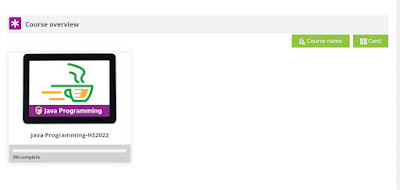You guys know I love Science! I want to share with you a fun product from Timberdoodle, Stepping Into Science. Stepping Into Science is published by Thames & Kosmos and is recommended for kids ages 5-7+. This all-in-one kit makes science with your little ones convenient.
The back of our kits has a nice list of its contents.
A peek inside our kit
Using this Science kit, students will study 5 main topics through 29 experiments. These topics include Biology, Physics, Chemistry, air and water.
G turned 7 last month and he just started 2nd grade!
I am using Stepping Into Science as part of G's 2nd grade curriculum. I really like the convenience of a grab and go science program. Apart from common household items like water, vinegar, paper towels, crayons, etc., everything else is included.
In Experiment 6, G learned about spinning colors.
Assembling our spinner
Creating homemade discs for our spinner
While spinning
I loved watching this homemade disc spin
In Experiment 7, G learned about magnifying glasses and how everything looks larger when you use them.
After catching a doodle bug, he watched and observed it move around using our magnifying glass.
Watching his new friend
In Experiments 14 and 15, G learned about hovercrafts and paper airplanes.
Playing with his newly built hovercraft.
Flying our plane and seeing how it does
Since there are 29 experiments, you can do 1 experiment a week to fill your school year or you can adapt and use it as best fits your needs. I find that G likes to sit down and do several experiments at one time so that is how we use our kit. I love that experiments are simple and easy to expand on for kids that want to learn more! In this particular kit students will learn what makes a magnify glass magnify, how air pressure indicates weather, how suction cups work, why soap bubbles are round, how air resistance depends on an object's size and shape and so much more! If you are looking for an easy to use, affordable Science kit for your young student, we would definitely recommend Timberdoodle's Stepping Into Science.
Disclosure: Huge shout out to Timberdoodle for selecting me as a Timberdoodle Blogger. I received this kit in exchange for my honest review. All opinions are my own.



















































